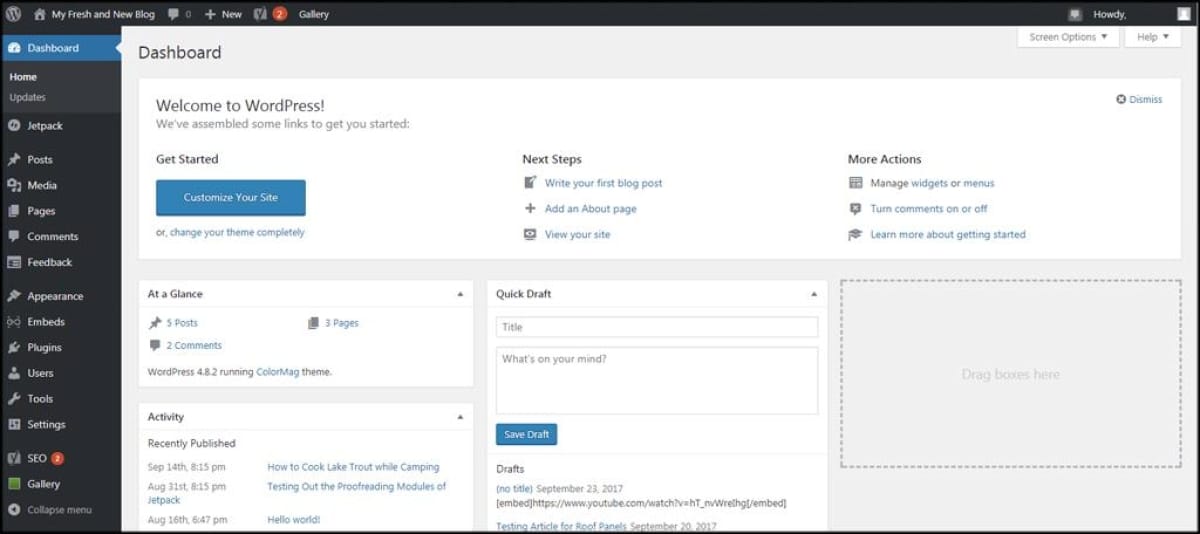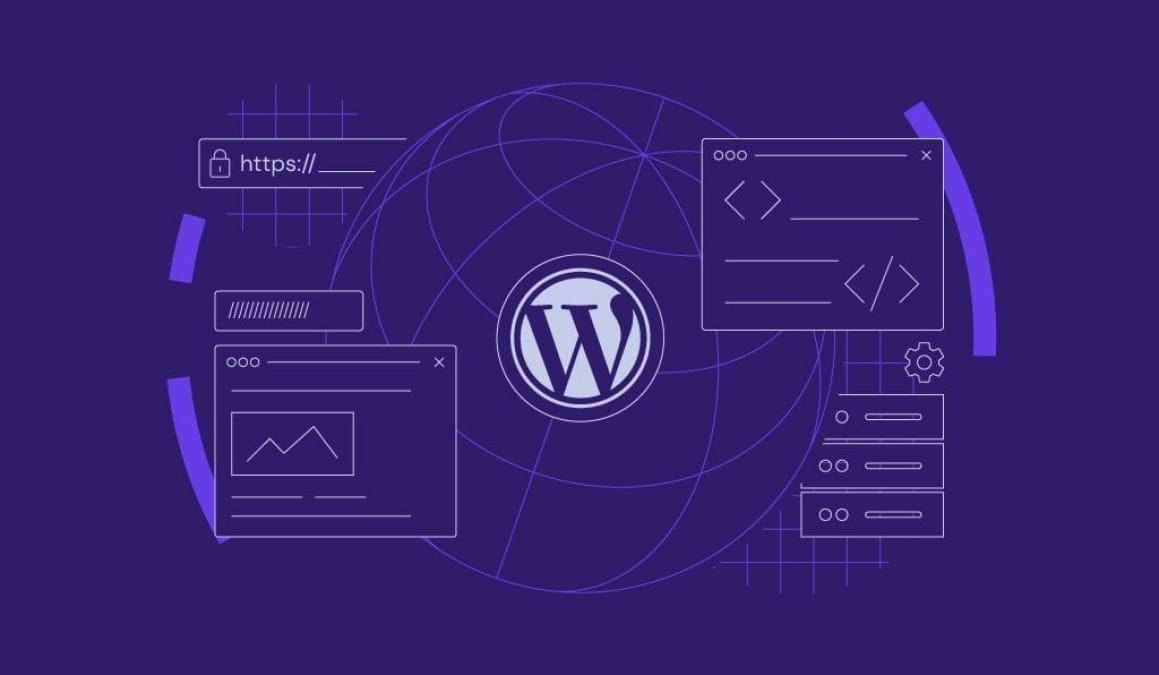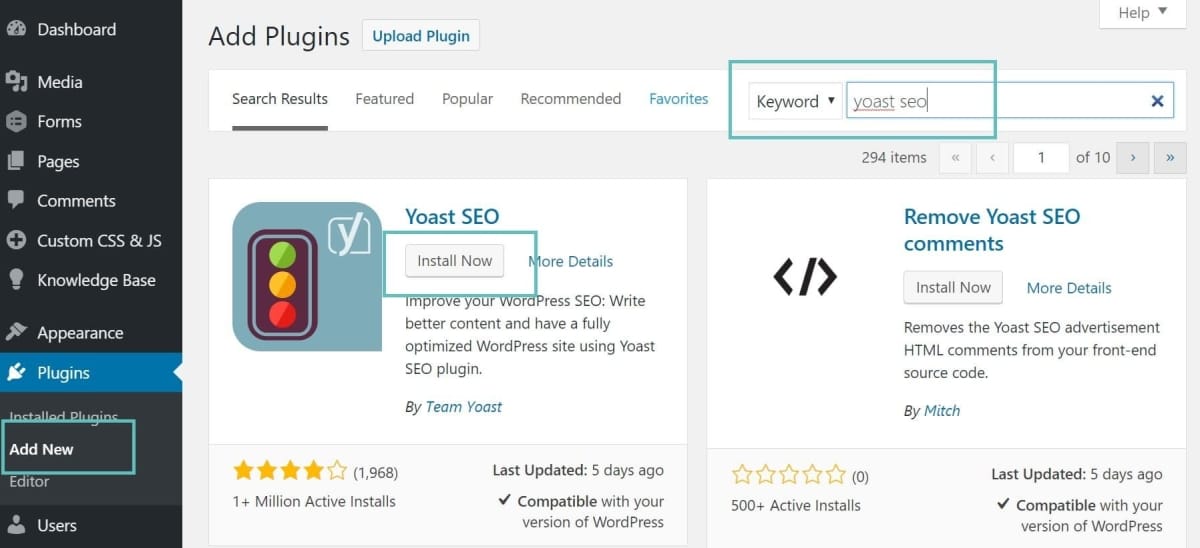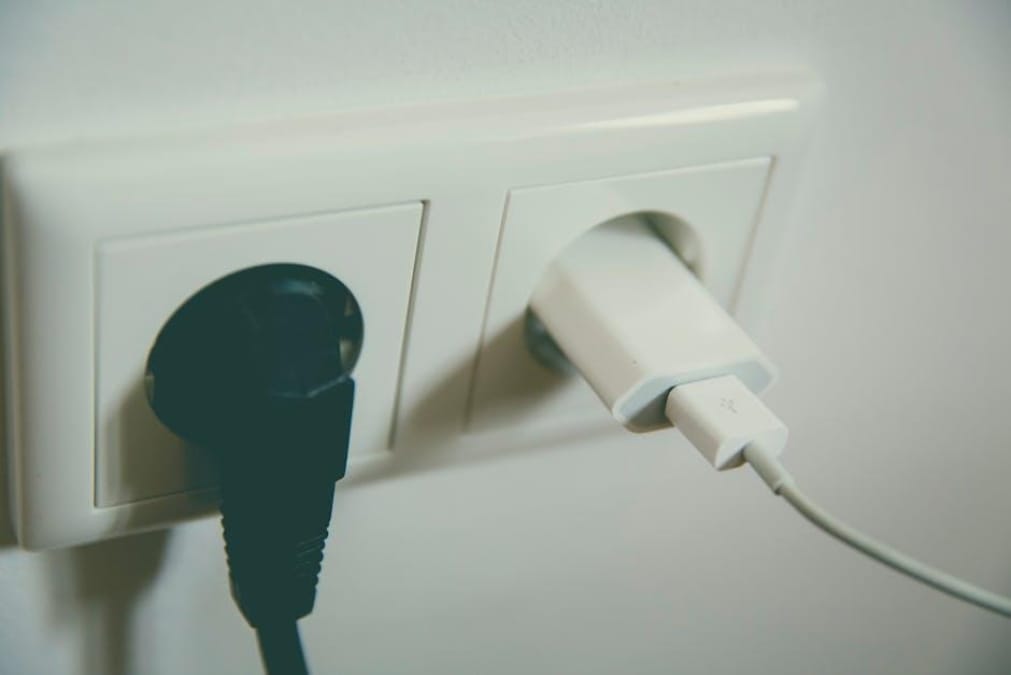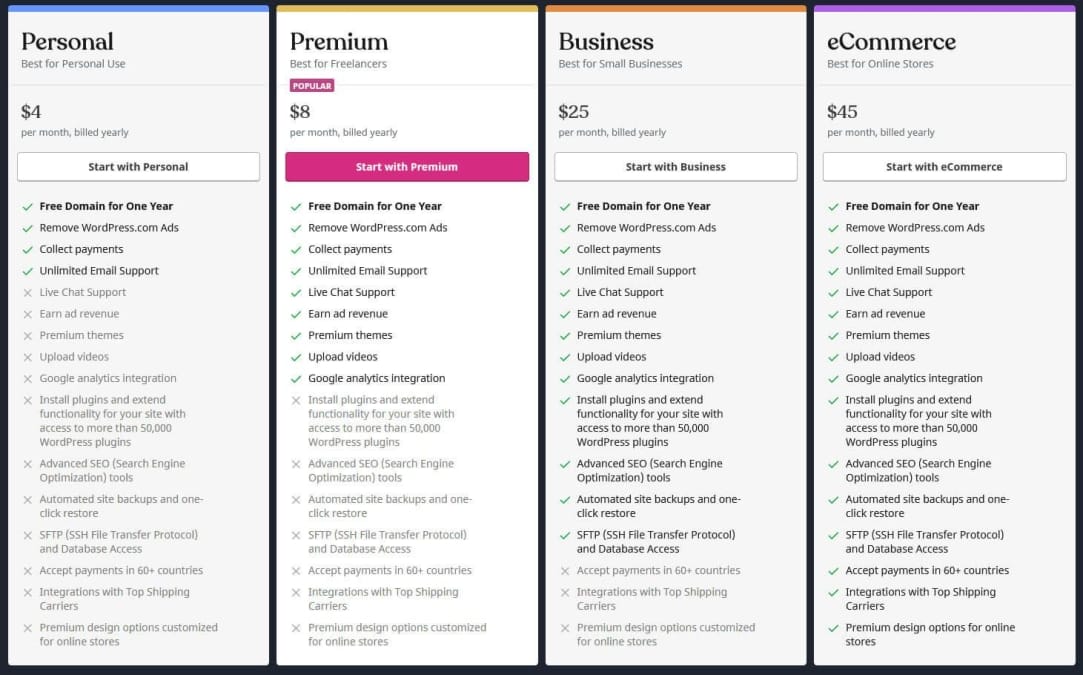Are you looking to make some extra cash from your WordPress site? Well, you’re in teh right place! Adding ads to your site can seem a bit daunting if you’ve never done it before, but trust me, it’s easier than you might think. In this article,we’ll break down the simple steps to get you started with adding ads to your site without any of that techy stuff getting in the way. Whether you want to promote products, share affiliate links, or just bring in some dough, we’ve got you covered. So, let’s dive in and turn your website into a money-making machine!
Table of Contents
- getting Started with Ads on Your WordPress Site
- Choosing the Right Ad Network for Your Needs
- Setting Up Your Ads with Simple Plugins
- Optimizing Ad Placement for better Performance
- Tracking Your Earnings and Making Adjustments
- Q&A
- The Conclusion

Getting Started with Ads on Your WordPress Site
Setting up ads on your WordPress site isn’t as complicated as it may sound. First up, you’ll want to choose the right ad network that fits your style and audience. Some popular choices you might consider are Google AdSense, Amazon Associates, or Media.net. Each comes with its own pros and cons, so check out a few and see which one suits your needs best. Don’t forget to read the guidelines to ensure your site qualifies!
Once you’ve picked an ad network, it’s time to dive into the techy side.Most ad networks provide you with a piece of code to insert into your site. To do this easily, you can use a plugin like Insert Headers and Footers or directly add it to your theme. If you choose the second option, just head over to your WordPress dashboard, click on “Appearance,” and then “Theme Editor.” Look for the header.php file and paste your code where you want ads to show up.
Make sure to consider the user experience when placing your ads. No one likes to be bombarded with ads,so here are a few quick tips for a smarter layout:
- Place ads above the fold—where visitors can see them right away.
- Try putting ads within your content to catch readers’ attention.
- avoid placing too many ads close together; give your content some breathing room.
After setting everything up, it’s vital to track your ad performance. Most networks will have dashboards where you can monitor clicks and earnings. Consider using tools like Google Analytics to get a clearer picture of user behaviors on your site. Keeping an eye on what’s working—and what’s not—will help you tweak your strategy as you go. Remember, it’s all about finding the right balance to keep your audience happy while making some cash!

Choosing the Right Ad Network for Your Needs
Picking the right ad network can feel like a bit of a maze, so it’s good to know what you’re looking for before diving in. Not all networks are created equal, and they can vary a lot in terms of features, payouts, and types of ads. Think about what kind of ads you want to display—are you aiming for display ads, affiliate links, or maybe sponsored content? Each network has its strengths, so keeping your goals in mind makes it easier to narrow down your options.
Another thing to consider is your audience.Some ad networks perform better for particular niches.For instance, if you’re blogging about tech, a network that specializes in digital goods might serve you better than a general-purpose network. Check out these factors:
- Target audience: Do they align with your site’s visitors?
- Ad format: Does it offer the types of ads that fit your site’s design?
- Payout rates: Are they competitive and do they pay out on time?
next up, take a look at the integration process. Some networks offer super easy plugins or codes to manage ads right from your WordPress dashboard. This little detail can save you loads of time. here’s a simple comparison of a few common networks:
| Ad Network | Easy Integration | payout Method |
|---|---|---|
| Google AdSense | Yes | Direct Deposit |
| Media.net | Moderate | Check or paypal |
| Amazon Associates | Yes | direct Deposit |
always check reviews and feedback from other users. Hearing about real experiences can help steer you clear of any issues or shady networks. Plus, groups on social media or forums can be fantastic resources for advice.When you gather data from different sources, you’ll be in a much better spot to make an informed decision that fits your style and needs.

Setting Up Your Ads with Simple Plugins
Getting your ads up and running doesn’t have to be a headache. There are plenty of simple plugins out there that make the whole process a breeze. You can find options that suit your needs, whether you want to display ads in your sidebar, within posts, or even in the footer. Plugins like Ad Inserter and WP AdCenter are user-friendly and help you manage your ads without fuss.
Once you’ve chosen a plugin, the next step is to configure it. Most plugins come with straightforward settings. You’ll usually start by entering your ad code, which you can get from ad networks like Google adsense. From there, you’ll want to decide where and when the ads should show up:
- On specific pages – Target your ads to specific content.
- On mobile devices or desktops - Customize where you want your ads to display based on device type.
- Frequency settings – Control how often users see the same ad.
After your settings are all good to go, don’t forget to preview everything. Most plugins will let you see how the ads will appear on your live site without making them visible to everyone just yet.It’s a great chance to tweak things a bit before going live. Once you’re happy with how it looks, activate your ads and start earning! Keeping an eye on performance is also crucial, so consider using tools provided by your ad network to analyze how well your ads are doing.

Optimizing Ad Placement for Better Performance
When you’re figuring out where to slap your ads on your wordpress site, you gotta keep user experience in mind while also trying to maximize clicks. Think about placing your ads in spots where they naturally fit. Here are some spots that usually work well:
- Above the fold: Ads here are the first thing people see, so they can grab immediate attention.
- In-content: Throwing in ads within your blog posts can really blend them in. just make sure they don’t disrupt the flow!
- Sidebar: A classic spot that can showcase ads without being intrusive. Just keep it tidy and relevant.
- footer: This is where you can put ads that aren’t super urgent but still worth a look.
Also, don’t forget about the size of your ads. Choosing the right dimensions can make or break their effectiveness. Here’s a quick reference for popular ad sizes:
| Ad Size | Dimensions (in pixels) | Typical Placement |
|---|---|---|
| Leaderboard | 728 x 90 | Top of the page |
| Medium Rectangle | 300 x 250 | Within content |
| Skyscraper | 160 x 600 | Sidebar |
| Banner | 468 x 60 | Footer |
And, hey, don’t just set it and forget it. You wanna keep an eye on how well your ads are doing. Using tools like Google Analytics can provide some serious insights. Here are some things to consider:
- Click-Through Rate (CTR): See how many people are actually clicking your ads.
- Conversion Rate: Are those clicks turning into sales or leads?
- Ad Placement performance: Test different spots to find where your ads perform best.

Tracking Your Earnings and Making Adjustments
Once your ads are running, keeping an eye on how much you’re bringing in is super important. You don’t want to be flying blind here. Regularly check your earnings using the analytics tools provided by your ad network, like Google AdSense or any other platform. They’ll show you which ads are pulling in the most cash and which ones are barely making a dent.
If you notice that some ads are doing better than others, it might be time to make some changes. Think about swapping out low-performing ads or refreshing the content. A/B testing can be your best friend here. By testing different ad formats and placements, you can figure out what resonates with your audience. Just be sure to track these changes to see what actually works!
Another thing to consider is the overall design of your site. Sometimes, even a great ad can get lost in a cluttered layout. Check out how your ads fit in with your content.Are they grabbing attention or blending in too much? It might take a little tweaking to find that sweet spot where your ads are visible but not annoying.
| Ad Type | Performance | Action |
|---|---|---|
| Banner Ad | High | Keep as is |
| Text Ad | Medium | Test variations |
| Video Ad | Low | Consider removal |
making adjustments isn’t a one-time deal. It’s an ongoing process. Keep checking in on your earnings and be ready to pivot if needed. As trends shift and your audience grows, fine-tuning your ads will help you maximize your revenue without compromising user experience. Stay flexible and keep experimenting!
Q&A
Q&A: easy Steps to add Ads on Your WordPress Site
Q: Why should I add ads to my WordPress site?
A: Adding ads can be a great way to make some extra cash from your website. if you’re putting in the time and effort to create content, why not earn a little something on the side? It’s a simple way to monetize your hard work!
Q: Do I need to be a tech genius to get started with ads?
A: Not at all! You don’t need a degree in computer science to add ads to your WordPress site. Most of the steps are pretty straightforward, and there are plenty of user-friendly tools out there to help you along the way.
Q: What’s the first step to adding ads?
A: The first thing you’ll want to do is decide what type of ads you want to use. Are you thinking about affiliate marketing, Google AdSense, or maybe some sponsored content? Once you’ve got that figured out, you’re halfway there!
Q: How do I actually set up Google AdSense?
A: Setting up Google AdSense is pretty easy. Just head over to the Google AdSense website, sign up for an account, and follow the prompts. Once you get approved, you’ll get a piece of code to add to your site.You can use a plugin or manually add the code to the HTML of your site.
Q: Are there any plugins that can help me with ads?
A: Absolutely! There are several ad management plugins like Ad Inserter or Advanced Ads that make placing ads a breeze. These plugins let you control where and how your ads show up without digging into code every time.
Q: What about tracking my ad performance?
A: Tracking performance is super critically important if you want to see what’s working. Google AdSense offers its own reporting tools,and some ad plugins also come with analytics features. You can see which ads are bringing in the most clicks or revenue and make adjustments as needed.
Q: Can too many ads hurt my site?
A: Yes, it can. If your site ends up looking cluttered with ads, it can turn off visitors. Aim for a balance—make sure your content shines through without being overwhelmed by ads. Quality over quantity!
Q: Any tips for creating better ad placements?
A: Think about where people’s eyes naturally go on your page. Placing ads above the fold (the part that’s visible without scrolling) or within the content can usually work well. Test out different placements to see what fits your site best.
Q: What if I start getting negative feedback about ads?
A: If folks are complaining, it might be time to reevaluate. Consider reducing the number of ads or changing their placement.Listen to your audience—they’ll help guide you to what’s best for your site.
Q: Is there a point where I should stop adding ads?
A: Absolutely! If you find that ads are taking away from your user experience or the quality of your content suffers, it’s probably best to hold off. Your primary goal should always be creating a great experience for your visitors.
Q: Any final thoughts on adding ads?
A: Just remember to keep it simple and focus on your audience.Experiment a bit,learn what works,and don’t hesitate to adjust your strategy as needed. Happy blogging, and good luck with those ads!
The Conclusion
And there you have it! You’ve got the lowdown on how to add ads to your WordPress site without pulling your hair out. Just remember, whether you’re looking to make a little side cash or fund your next big project, getting those ads up is a pretty straightforward process. Keep it simple, play around with different placements, and don’t hesitate to test what works best for you and your audience.
So, go ahead and dive in—your website has the potential to bring in some extra dough, and now you know how to make that happen. If you hit any bumps along the road, just remember there’s a whole community out there ready to help. Happy blogging, and may the ad revenue be ever in your favor!

